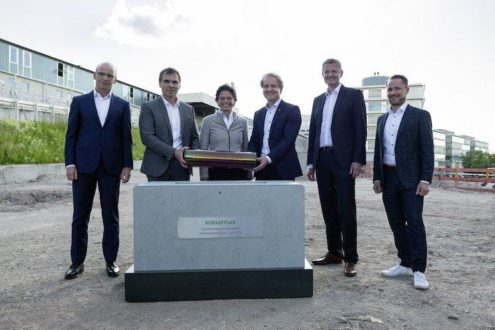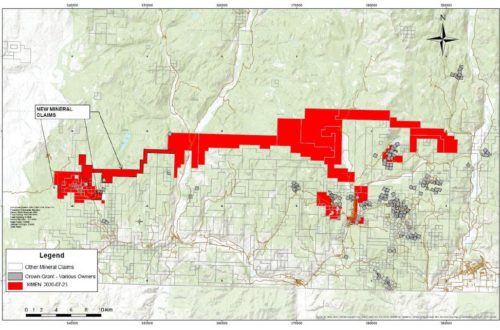7 questions to Stewart Dunne
This year’s theme of World Hydrography Day is "Hydrographic Information – Enhancing Safety, Efficiency and Sustainability in Marine Activities". In this respect, Stewart Dunne, one of the most experienced hydrographers worldwide has answered seven questions posed by EOMAP COO, Knut Hartmann.
Asked about his personal experiences with satellite-based information, he stated: "On the national side, SDB is used as a planning tool (…) and a safety tool to understand where the dangers to navigation lie. The ability to ‘see’ and then correctly position navigation safety hazards, such as reefs et cetera, allows every Hydrographic Office to update charts in a way where it most matters. I would say that every country has outdated charts, SDB is a great tool to help remedy aspects of this."
Speaking about key drivers for innovating in the hydrographic domain, Dunne suggests: "Transforming work practices from an essentially manual into a digital system and moving from crewed to uncrewed systems will likely drive cost savings in the long term and will be key drivers in how the industry operates. Data collection will increasingly prioritise quality control and feature remote work. (…) How we unlock the true value of the data is by building contemporary and exploitable foundation datasets and making them available to multiple users. To fully exploit the available innovations – digital twins, virtual and augmented reality – you need good – quality and quantity – data. SDB has a great role to play here."
The 7 questions of the interview cover
- Stewart Dunne’s personal pathway
- his view on this year’s theme of World Hydrography Day (WHD)
- the journey of hydrography since the first WHD in 2006
- his experience with the use of satellite technology for shallow water mapping (SDB) for both national charting and military purposes
- his personal advice as an innovator to other Hydrographic Offices and Navies that might be reluctant to embrace new techologies
- insights on upcoming technologies and drivers of highest relevance for the hydrographic domain
- an outlook on more career paths and diversity in the very male-dominated field of hydrography.
Here is a short preview of some quotes:
… on this years theme of WHD 2024
This is a great theme. It really points to the value of hydrospatial information as underpinning all that is important in the maritime domain. It supports and delivers safety of life at sea through the provision of nautical charts, it protects our environment and the marine flora and fauna within, it allows us to legally claim our maritime boundaries, it facilitates most of Australia’s trade and allows us to exploit the marine environment in a safe and sustainable way. Hydrographic information is fundamental to almost every marine activity.
… on the value of Satellite-Derived Bathymetry (SDB) for hydrography
On the national side, SDB is used as a planning tool to better understand where data collection surveys should take place and then once decided, the data is used as a safety tool to understand where the dangers to navigation lie. The ability to ‘see’ and then correctly position navigation safety hazards, such as reefs etc, allows every Hydrographic Office to update charts in a way where it most matters. I would say that every country has charts that are outdated, SDB is a great tool to help remedy aspects of this.
… on experiences when working with EOMAP
From my experience, the long involvement with EOMAP has helped us better understand the wide utility of earth observation data, products and services. SDB and hydrographic remote sensing give the end user far greater reach, a hands-on approach in the office, quicker results for a fraction of the cost of traditional data collection means.
… on key drivers for the hydrographic domain
I think holders of data need to understand that in the modern era, data collection, management and storage are, generally speaking, very expensive and a sunk cost. How we unlock the true value of the data is by building contemporary and exploitable foundation datasets and making this available to multiple users. From a government perspective, this is about making data available across agencies. The maxime, that you should collect once and use multiple times, is absolutely true. To fully exploit the innovations that are available – digital twins, virtual and augmented reality – you need good – quality and quantity – data. SDB has a great role to play here.
… and Stewart’s final statement
„Innovation isn’t always about getting the next best piece of equipment, it’s also about changing the way we think!”
EOMAP GmbH & Co. KG
Schlosshof 4
82229 Seefeld
Telefon: +49 (8152) 99861-10
http://www.eomap.com/
Head of Marketing Communications
Telefon: +49 (8152) 9986-110
E-Mail: schmoelzer@eomap.com
![]()





